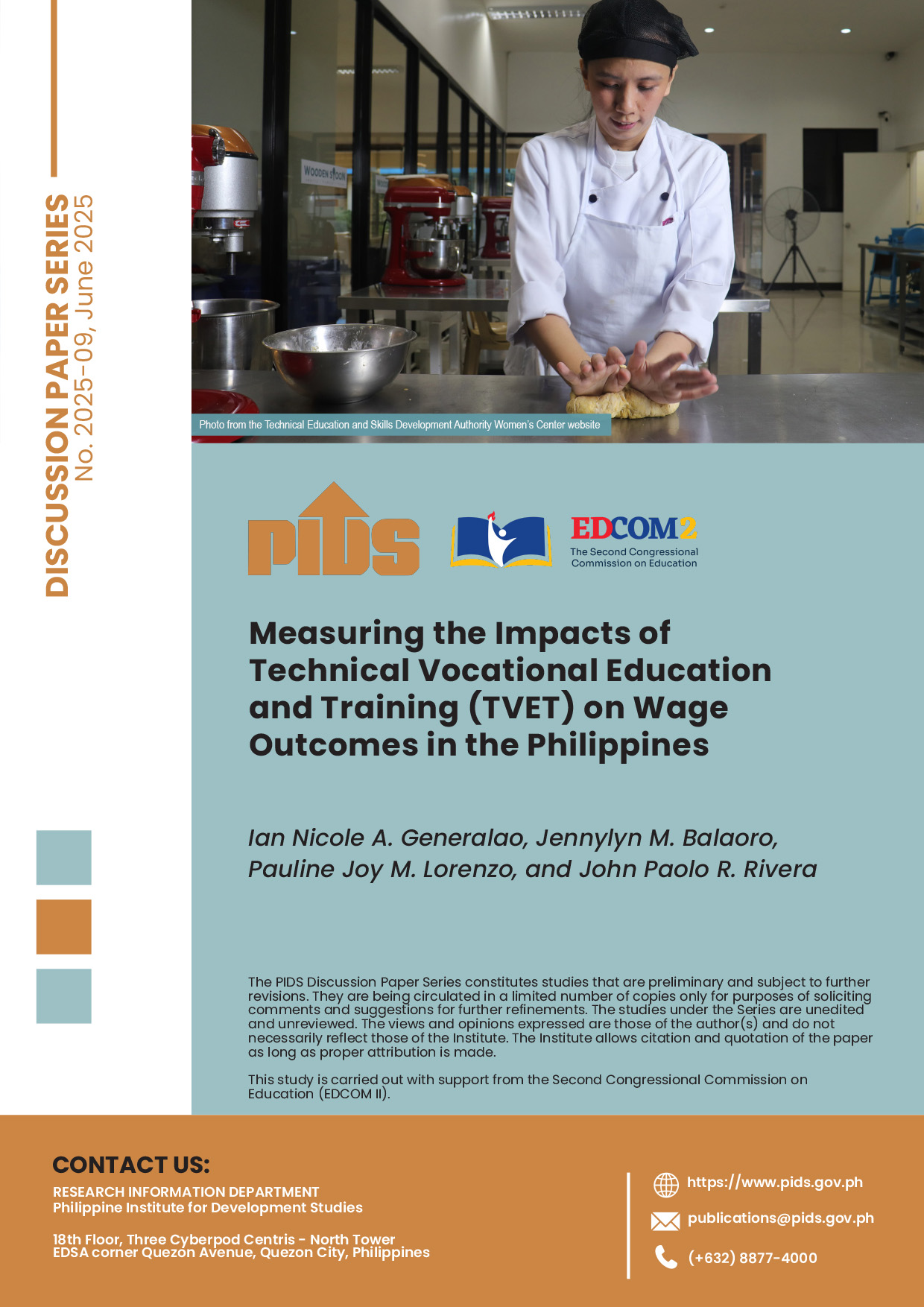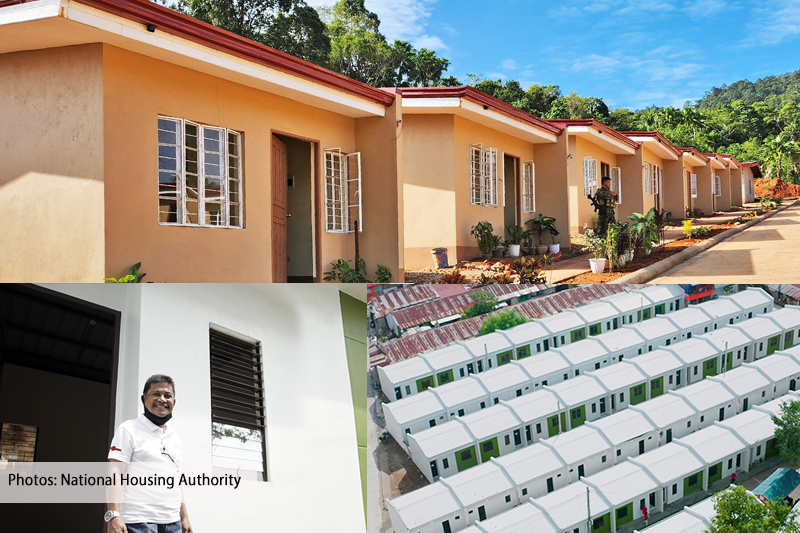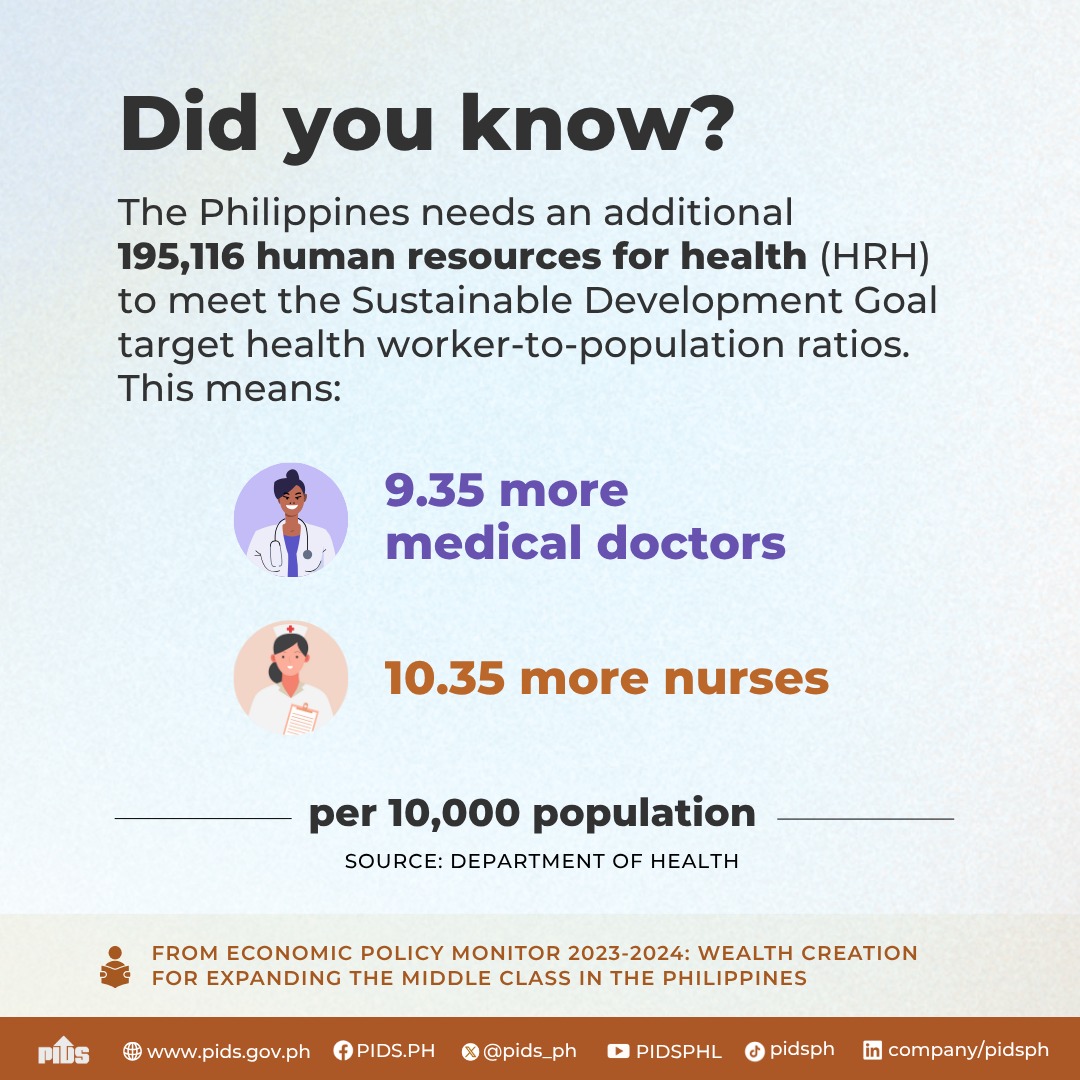Nearly half a century after the Philippines initiated the construction of what would eventually become a mothballed nuclear power plant in Bataan in the northern Philippines, the country is again taking concrete steps to include nuclear power in its energy mix. As energy costs rise and climate issues escalate, nuclear power has re-entered policy conversations. But key considerations such as safety and public trust need to be addressed.
The Philippine Development Plan 2023–2028 outlines broad plans for tapping nuclear energy. The country’s Department of Energy specifically targets an initial 1,200 megawatts (MW) nuclear power capacity by 2032 and incremental capacities of 1,200 MW by 2035 and 2,400 MW by 2050. If all goes well, there will be a total of 4,800 MW of nuclear power capacity by 2050, which will be 3.1 per cent of the forecast total power generation capacity under the clean energy scenario.
But considerable distrust remains. A paper traced this to the complex history of the Bataan Nuclear Power Plant (BNPP), a 620-MW plant that was completed in 1986 but never became operational. The Marcos Sr. administration built the BNPP at a cost of US$2.3 billion, but corruption scandals and safety concerns, especially after the 1986 Chernobyl disaster, prompted the Corazon Aquino administration (1986-1992) to shelve the plant.
Successive administrations (Ramos, Estrada, Arroyo, Aquino II, and Duterte) flirted with the idea of reviving the BNPP, forming review committees and commissioning feasibility studies, but no actual attempt to rehabilitate it happened. The BNPP still stands, costing the Filipinos millions of pesos in maintenance and fomenting distrust in nuclear power development. The current administration’s plans do not explicitly mention the inclusion of the BNPP in the country’s future energy mix. Nevertheless, the Department of Energy is exploring the possibility of such inclusion. It has engaged a Korean company to update the BNPP feasibility study.
Commitment also matters. The International Atomic Energy Agency (IAEA) asserts that nuclear power development is a century-long commitment and countries must prepare not only for construction and operation but also for decommissioning, radioactive waste disposal, and safeguards monitoring. Yet the Philippines is still at the starting gate, held back by years of fragmented commitment.
Now that the Marcos Jr. administration is renewing previous attempts and declaring explicit nuclear capacity targets, it must tackle key policy issues and address legal and institutional gaps.
For instance, the Duterte administration (2016-2022) emphatically declared plans for nuclear power development. It indulged in study tours abroad and invited international experts to the country, but no legislative reforms and new regulations came out to address problems such as outdated infrastructure and legal frameworks. Near the end of its term, the Duterte administration issued a national position favouring nuclear energy and articulated it through Executive Order 164, series of 2022, but the rhetoric was short on tangible directives, targets and timelines.
Now that the Marcos Jr. administration is renewing previous attempts and declaring explicit nuclear capacity targets, it must tackle key policy issues and address legal and institutional gaps. As argued by a research paper published by the Philippines Institute of Development Studies (PIDS), three key policy issues — safety, waste management, and public trust — are pertinent.
On safety, regulation is crucial, but the country lacks a fully capable and well-resourced nuclear energy regulator. The Philippine Nuclear Research Institute (PNRI) exists, but it is not equipped to handle a comprehensive and modern nuclear power plant programme. The PNRI needs to be redesigned as a fully empowered nuclear regulatory commission per International Atomic Energy Agency standards. The new regulatory architecture will also need legislation.
On waste management, the lack of policy or infrastructure for the storage and long-term disposal of radioactive waste is a red flag. Nevertheless, the Philippine Energy Plan 2023-2050 includes the following broad strategies for radioactive waste management: developing a funding mechanism, selecting processing and storage technologies, establishing siting criteria, and selecting reliable foreign suppliers. These strategies will also require legislation.
The third issue, public trust, is most consequential. Though declining, corruption perception and safety fears are still significant, as shown by opinion surveys. Thus, the government must persistently use robust and transparent communication strategies to engage the public in the nuclear energy debate.
Legal and institutional gaps also exist. The Philippines has not yet ratified several key international nuclear safety conventions on nuclear safety, waste disposal, and liability. These are important for international cooperation and confidence. There is also no comprehensive national nuclear energy law. The Atomic Energy Regulatory and Liability Act of 1968 is not comprehensive enough because it does not consider the rigorous standards that evolved through the years, especially after the Chernobyl and 2011 Fukushima disasters.
A fundamental industry law, the Electric Power Industry Reform Act (EPIRA) of 2001, also prohibits the government from directly engaging in power generation, except in remote areas. But amending the EPIRA to allow government investment in nuclear power plants is not the way forward, as it will squander reforms that made the power generation sector a competitive one. As argued by the PIDS paper, incentivising the private sector to invest in nuclear power is the better option.
Nuclear power plant projects require the stability of long-term financing (especially since life-cycle compliance costs are high) and guaranteed power supply contracts. Since fiscal resources and government-contracted offtake arrangements cannot make this possible given the EPIRA, the government needs to incentivise the private sector to manage financing and offtake risks. Incentives for private sector entry in nuclear power generation must therefore be included in a comprehensive nuclear energy law.
It is encouraging that some players in the business sector are discussing the prospects of nuclear energy development while the government is advancing in the first phase of the required IAEA milestones. Rather than focusing on the BNPP, the Manila Electric Company, one of the largest Philippine power firms, is exploring the possibility of building a new large power plant or pilot testing and eventually investing in small modular reactors. These options are scalable and fit for the country’s archipelagic geography.
Recently, the Philippines’ neighbours in the Southeast Asia region have also signalled enthusiasm about developing nuclear energy. Indonesia has expressed an intention to build nuclear power plants. Like the Philippines, Singapore has also signed a preliminary agreement with the US for the export of nuclear technology. Vietnam has incorporated nuclear energy into its national energy development plan. These countries would benefit from distilling lessons from the Philippine experience, especially in addressing a public trust deficit and committing to the prerequisites of a nuclear energy development programme.












